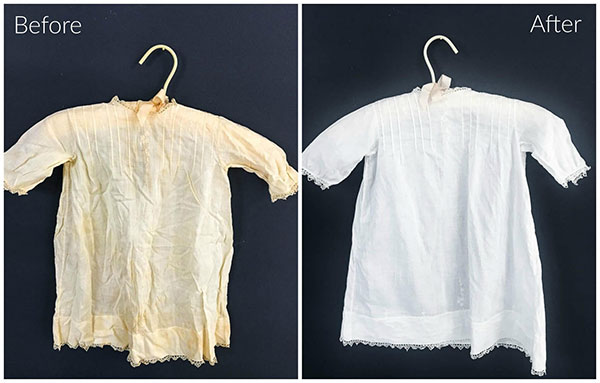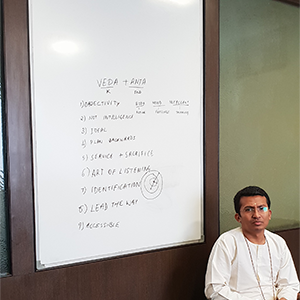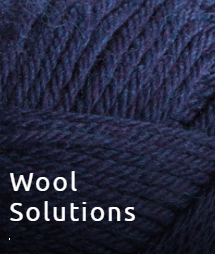How to Stop Phenolic Yellowing before it’s too late
Nobody has to be an expert to understand the importance of Quality Control in textiles, but it might be surprising to note that some of the world’s leading fast-fashion apparel brands have failed quality tests. Before your brand falls into the same trap, understand the pitfalls to avoid such mishaps to your products.
In today's fast-paced ‘customize-for-consumer’ marketplace, it is extremely important for every product to meet its consumers’ expectations in all the dimensions. They, specifically, want good value for their hard-earned money and are not interested in the products which don’t meet their quality expectations. So, if the quality of a product is poor, it will earn a bad reputation among consumers and might even risk losing them forever.
In the apparel industry, Quality standard of yarns, fibres, fabric construction, their colour fastness, surface designs and finally the quality of the finished product are measured in order to determine the overall quality of a product.
The Chemistry behind Yellowing of Textiles - Causes and Preventive Measures
You might have noticed the yellowing of white clothing and other fabrics at some point. As unsightly as it may seem, this ‘yellowing’ of white and light coloured textiles is a common occurrence, which is mainly due to the chemical and environmental factors, and fabric ageing.
Phenolic yellowing is the discolouration of textiles caused by the action of oxides of nitrogen on yellowable phenols. The yellowing of white and pastel-coloured textiles and garments has been a problem for many years in the textile industry. In the last 15 years, much evidence has been published which suggests that a large proportion of storage yellowing is attributable not to the yellowing of fibre substrate or textile finish, but to the yellowing of Phenolic antioxidants which migrate onto the textiles from polyethene and polypropylene packaging.
These mobile Phenolic compounds interact with atmospheric pollutants, particularly oxides of nitrogen, to give yellow compounds. For the Phenolic yellowing of textiles to take place, three components are required which are:
- Yellow able phenols (OH)
- Oxides of nitrogen (NOx)
- Certain pH conditions

The Reasons behind Fabric Yellowing
The phenomenon of yellowing can be due to factors like microbial attack, yellowing of fluorescent brightening agents, dyestuff migration from cardboard packaging, photochemical and thermal influence on fibres, etc. Mostly, yellowing happens due to the negligence of manufacturers who do not observe the yellowing until the fabric is made into garments and stored in polyethene or polypropylene bags in warehouses and stockrooms. Yellowing may also be due to different factors such as materials used for packaging, storage conditions, atmospheric pollution, processing conditions and textile auxiliaries. After many years of research on this growing problem of yellowing, it is now well-known that the most frequent cause of yellowing arises from the interaction of oxides of nitrogen with Phenolic antioxidants.

Remedies to reduce or stop Yellowing
The remedy is to reduce the NOx level in the air, use bags that don’t contain the fugitive antioxidant BHT, and finish the white and pastel-coloured goods under slightly acidic conditions.
Many have taken the view that textile finishes should use citric acids to finish fabrics in an acidic state. It is unclear whether these would be intended to be washed out at a later date but if they’re present then it creates some unavoidable problems, for e.g, the overuse of the non-volatile citric acid on cellulosic fabrics can have detrimental effects on the strength of the fabric and in some cases yellowing too, particularly when dried at high temperatures.
To curb the problem of yellowing, BR Specialities has introduced a unique base buffer system, PROTECTOL AY, to maintain the surface pH of finish fabric.
Solutions with PROTECTOL AY – The pH Stabilizer for Textiles
| Appearance | White powder |
| Ionic activity | Anionic |
| pH(1%sol.) | 5~7 |
| Solubility | Easily soluble in water |
| Compatibility | Compatible with non-ionic and anionic auxiliary |
| Storage | One year under 0℃--40℃ in a hermetic container |
Advantages of PROTECTOL AY
- Maintains fabric surface pH in Neutral to Acidic condition and provides a narrow range for fluctuation
- Reduces shade change when finishing the fabric at a high curing temperature
- Avoids shade change during storage
- Avoids Phenolic Yellowing problem to a majority extent
- Avoids weather marks on the fabric
- Prevents thermal migration in light shade, white fabrics & OBA treated fabrics
- Prevents shade change in Turquoise in long storage
Application
PROTECTOL AY should be dissolved with water before using, and applied before curing. The application quantities depend on the respective process and the pH of the fabric before treating. The normal dosage recommended is 4.0-8.0g/L.
Process: Padding, Drying/Curing.
Higher dosage gives better buffer volume, excess PROTECTOL AY has no side effect on fabric. Normally, PROTECTOL AY should be treated independently. It can also be used with other finishing agents in the same working solution. In that case, the compatibility test must be done before large-scale production.













